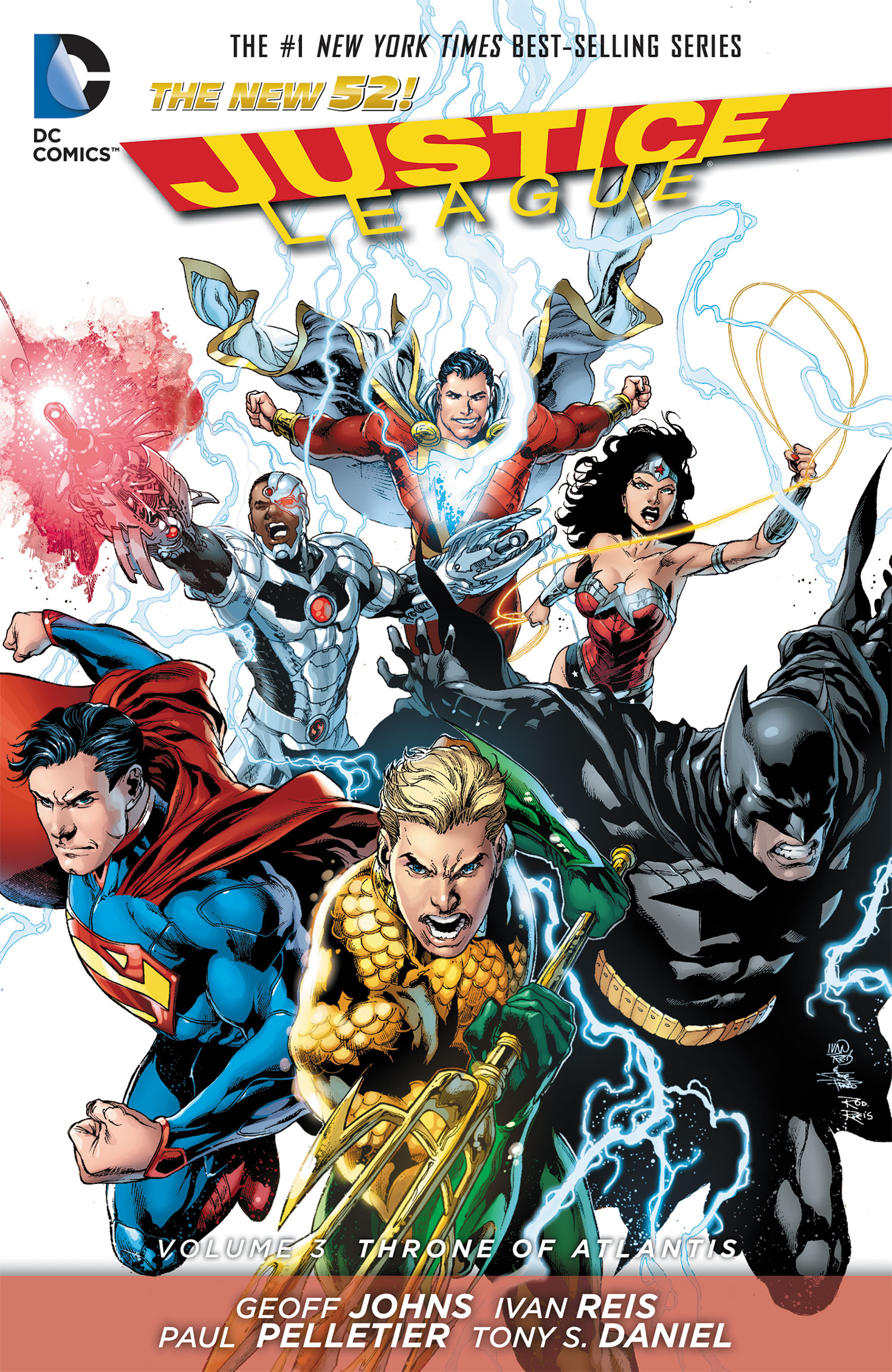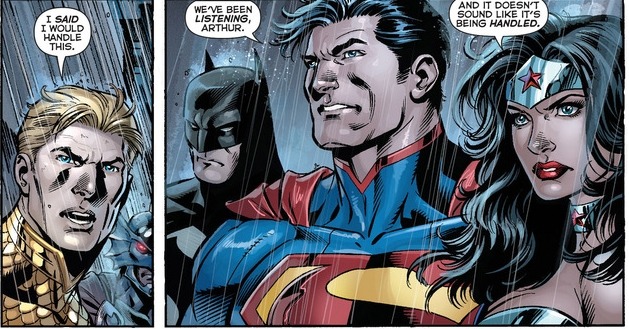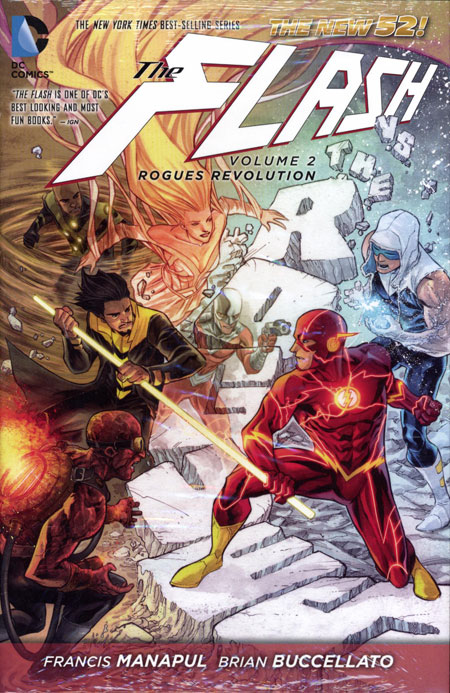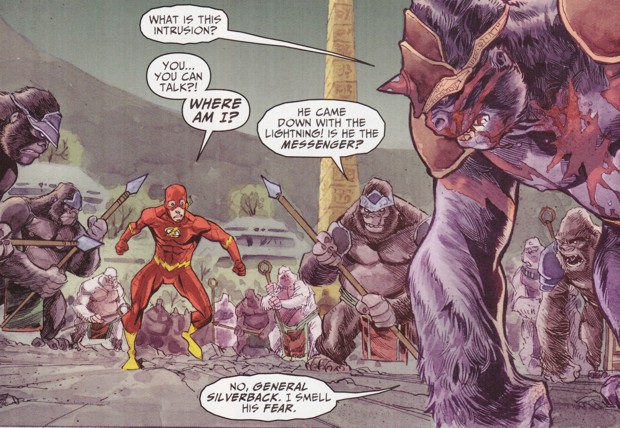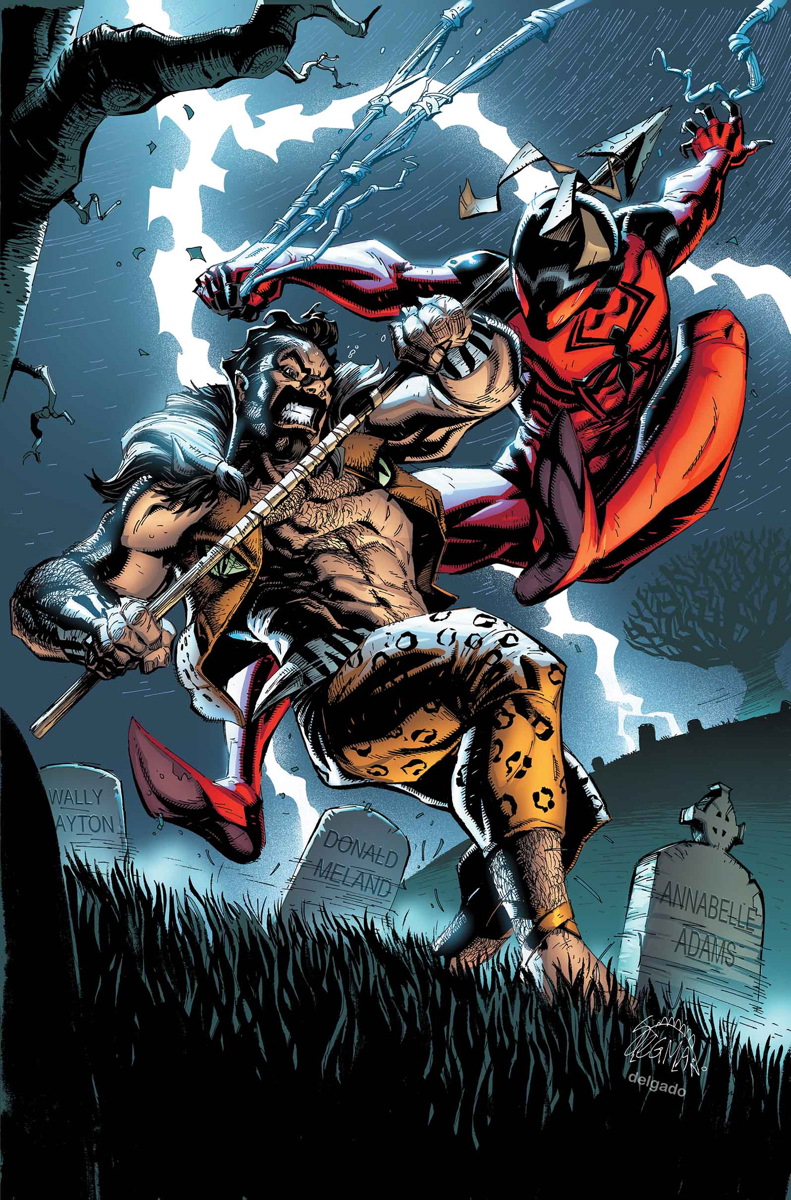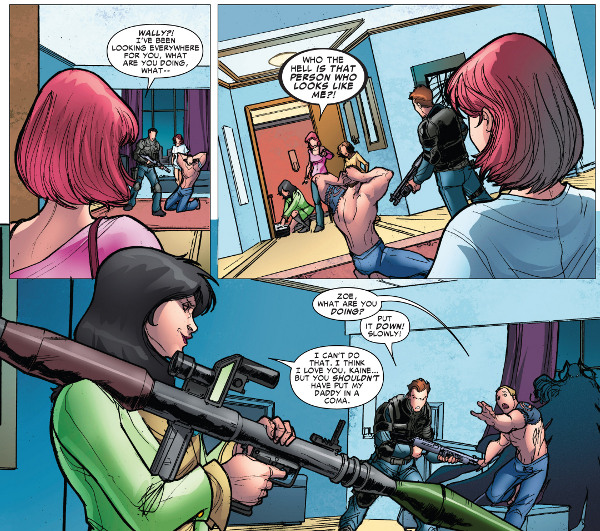X-Men Legacy Vol. 3: Revenants (Marvel NOW!)
| For the record, they're called matroshka dolls, NOT BABUSHKA!!! |
Writer: Simon
Spurrier
Artists: Tan Eng
Haut, Paul Davidson and Khoi Pham
Collects: X-Men Legacy #13-18
Background
Information:
So if you’ve never heard of Legion, he’s the son of Charles
Xavier (better known as Professor X). Known normally as David Haller, he’s a
schizophrenic with the personalities and powers of multiple high-powered
mutants. Whenever he takes on that personality, he takes on that power.
Lately, though, he’s been able to control those powers. He’s
taken it upon himself to take on mutophobia. He’s done it in some fairly…
unorthodox ways.
Review:
 |
| The emptiest pub in the UK. |
One of the great things about the X-Men franchise is that no
matter what you are; if you feel somehow X-Men
Legacy has really been at the forefront of this for the franchise; more
about battling prejudice than other X-books, which have been more about battling
the prejudiced. Revenants carries on
this tradition in fine form, a little less delayed in its gratification than
the previous volume, and more action-packed than the first, makes volume three
one of the most enjoyable in the series.
discriminated against, you can find
some version of you in X-Men. It’s one of those things that connects to every
person that has been put down in some way.
So, Haller’s got a couple of plans in this volume; wipe out
mutophobic England, and fight Cyclops when he’s done making his mother feel
guilty.
Yep, that’s Legion for you.
Spurrier has led us on quite a bit in this series, not
really letting us know what is going on until the very end of each story arc.
Nothing changes here. At the start of both major story arcs, Haller appears to
be close to being the new Magneto, but we never know quite what he’s thinking
until the end. Spurrier’s ability to mislead the reader is what has made X-Men Legacy so enjoyable. I mean, sure,
Haller’s still a stereotypical caricature of a Scotsman and the story still
feels like it’s going nowhere, but it’s an enjoyable nowhere and an enjoyable
caricature.
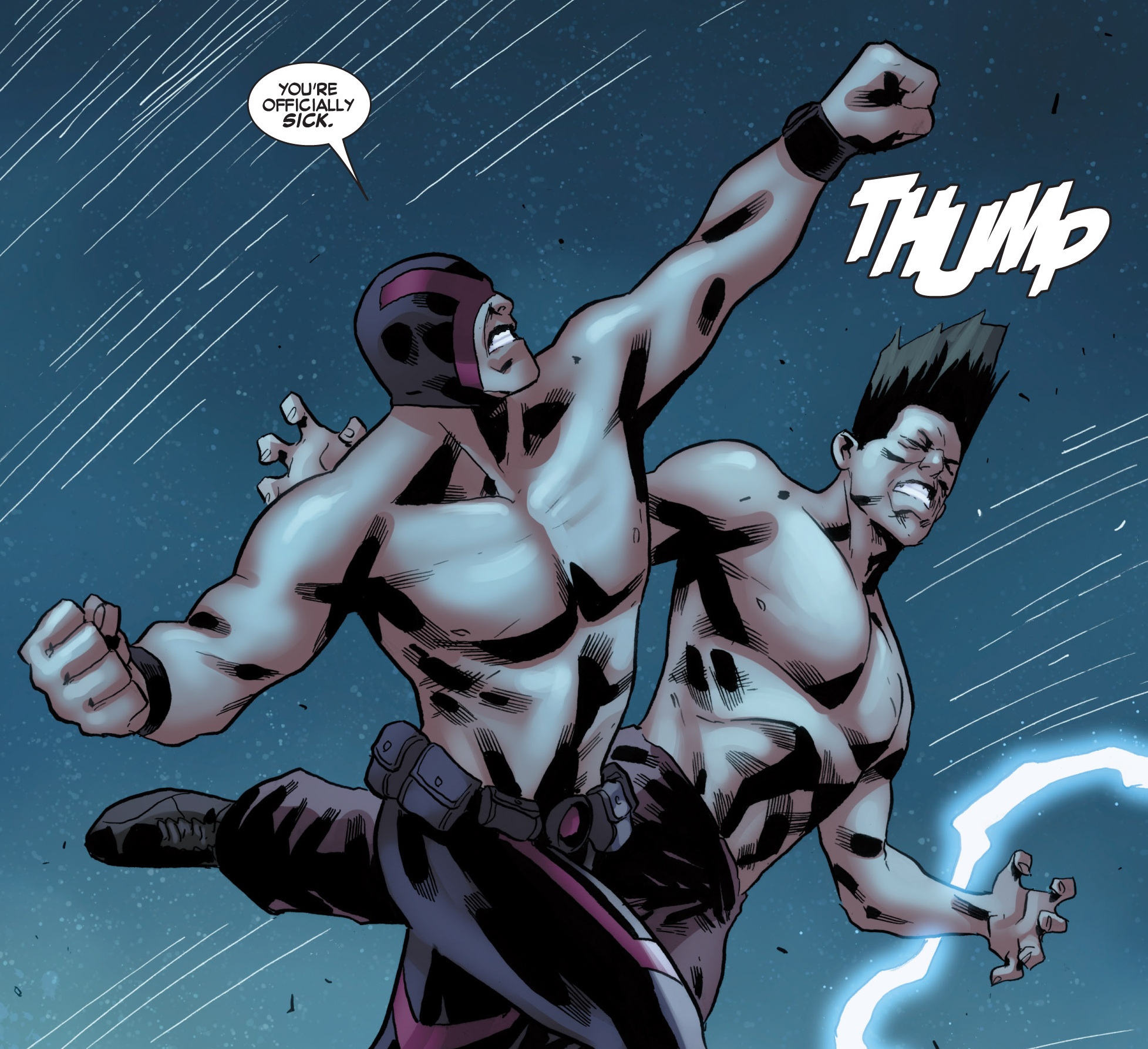 |
| Says the dude throwing the punch... |
Spurrier injects a ton of character in his work. Each mutant-
be they significant to the story, or not- has their own personality that
becomes evident in their dialogue. Ruth’s “sorries” and “excuse mes” appear
everywhere. English expressions are everywhere in the first story arc and
Haller’s swear words are frequent and replaced with ambiguous “#@%!s”. It’s
rare to see dialogue that is this much fun, even if Haller does come off as
sorta an overdone Billy Conelly.
My major problem with this volume is the way it insists that
Haller and Professor Xavier’s relationship is somehow a thing. Throughout three
volumes Spurrier has brought us back to Haller’s daddy issues and it seems to
have gotten nowhere. At the end of this volume, it finally seems to get
somewhere, but it still feels like it’s too little too late. I’ll be honest; I.
don’t. care. what happens between Haller and Xavier and this volume hasn’t
changed my mind.
Art duties are shared between Tan Eng Haut, Paul Davidson
and Khoi Pham. I’ve seen a fair bit of Pham’s art in Scarlet Spider, and honestly, there’s something I love about it. At
the very least, it’s better than Haut’s art, which I loved earlier in the
series, but grew to absolutely loathe in this volume. Haut use so much shading
that Haller looks like a leper. I think he’s going for dark and brooding, but
he just ends up with lifeless.
Revenants shows
Haller’s mindset at its best, but poor art in the first half and an insistence on
making us care about Haller’s father problems holds it back. It gets a three
out of five lepers.
***
+ Great use of surprise.
+ Great Dialogue.
- Forcing Haller’s relationship with Xavier on us.
- Haut’s art is rubbish.
Alternate Option: All-New X-Men: Yesterday’s X-Men
The best X-book of Marvel NOW! You’re doing yourself a
disservice if you don’t read it.




